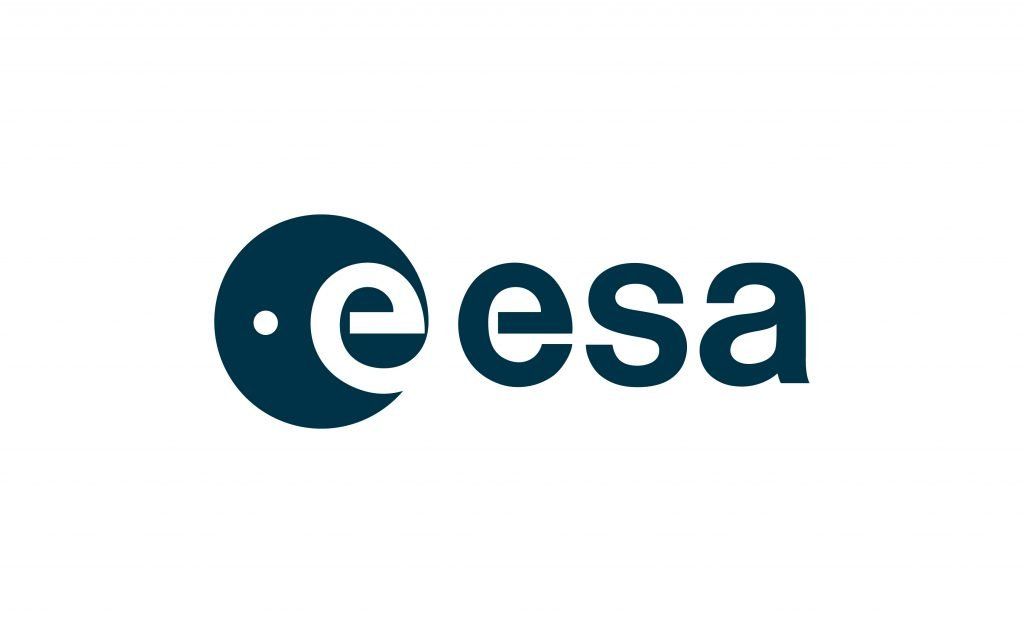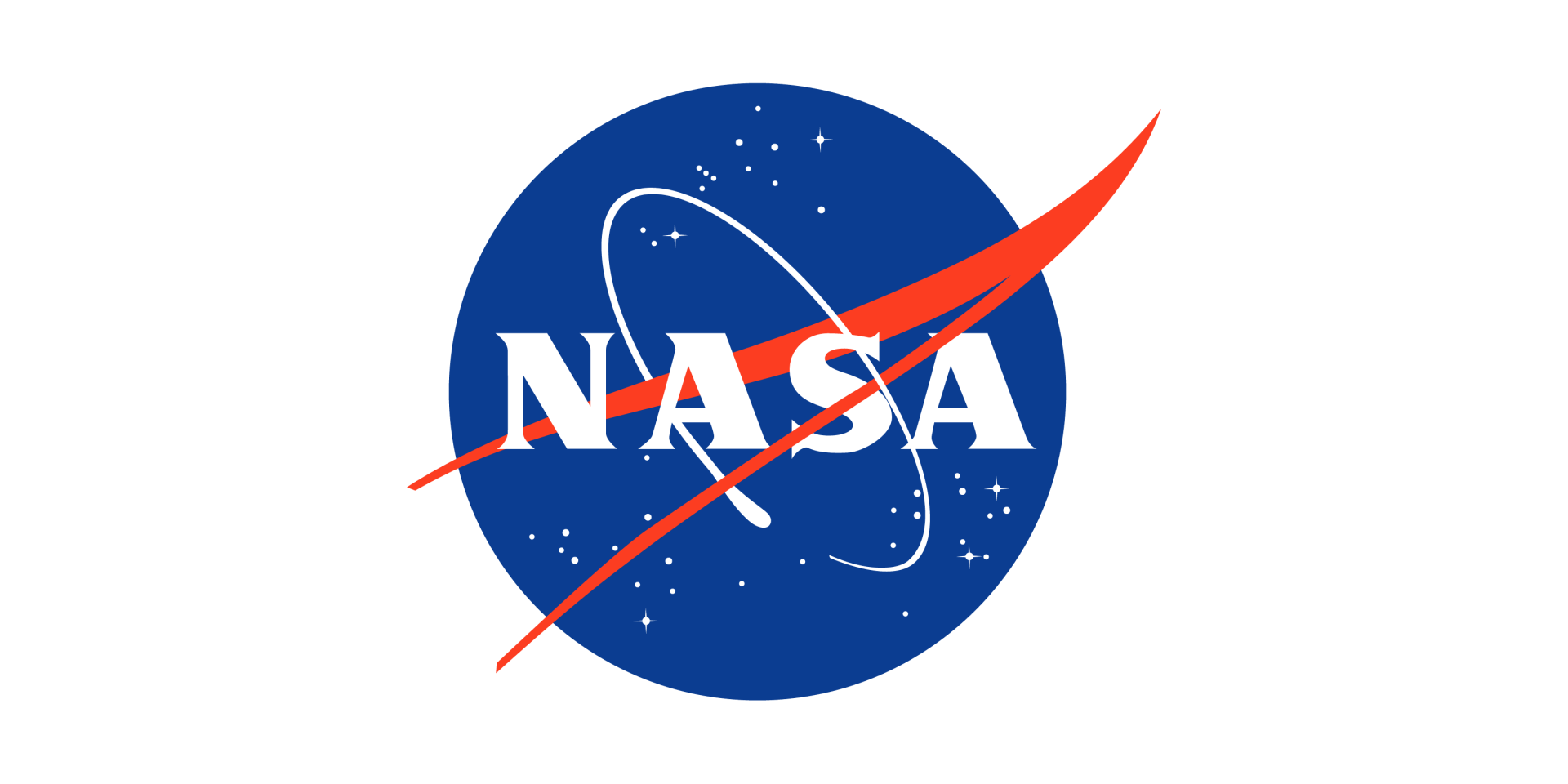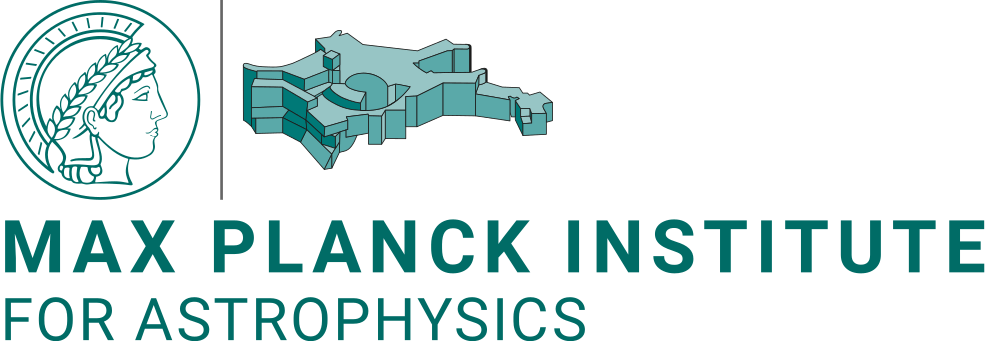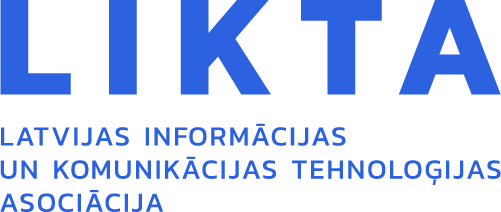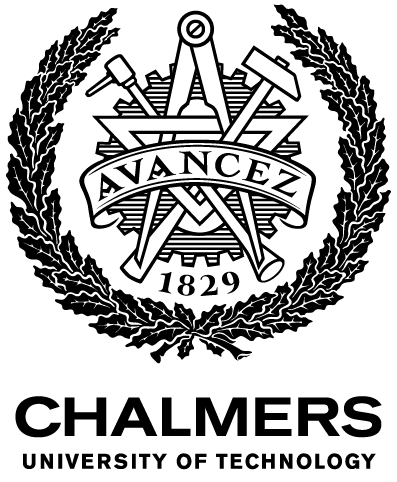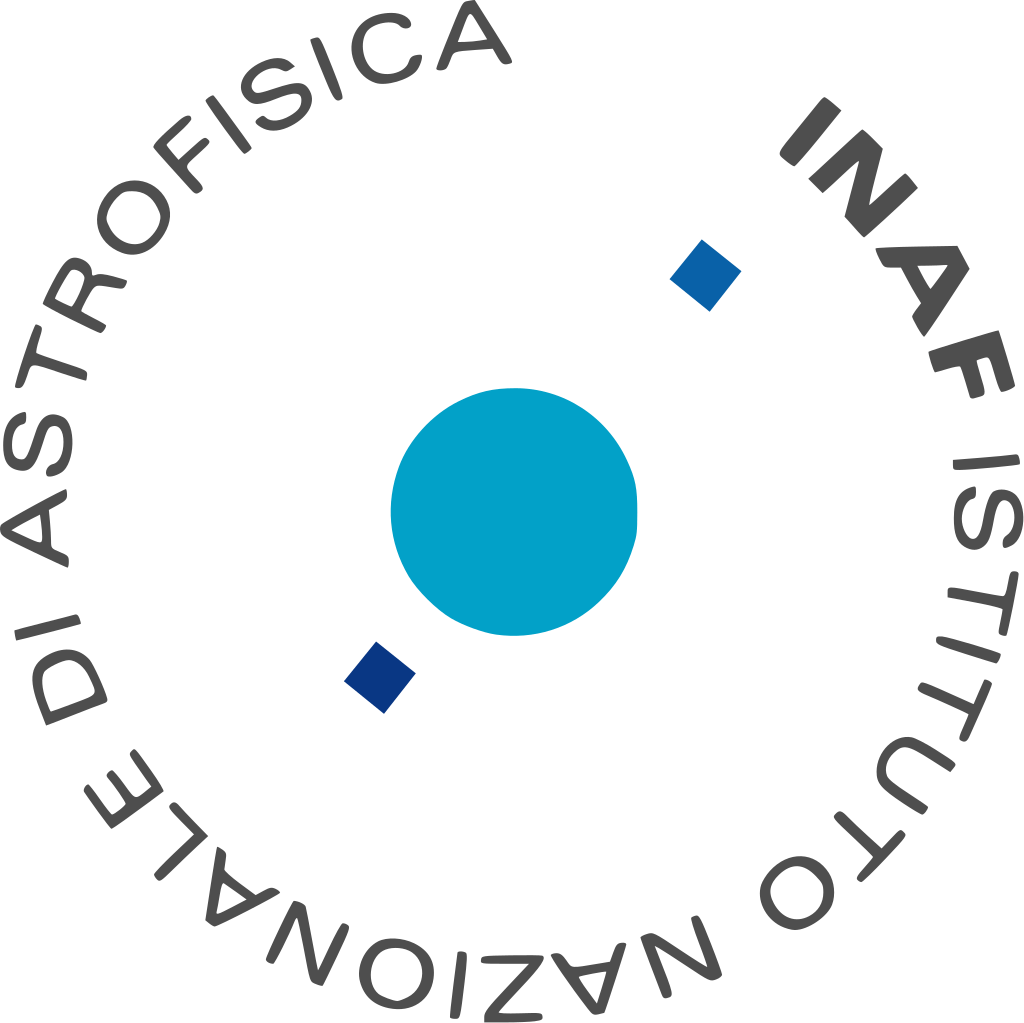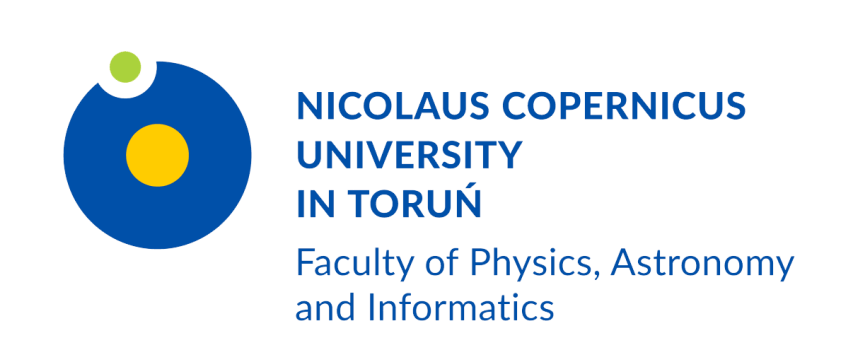This web page is created within BALTICS project funded from the European Union’s Horizon2020 Research and Innovation Programme under grant agreement No.692257.
Project “Evolution of Organic Matter in the Regions of Star and Planet Formation (OMG)” has successfully ended
August 31, 2021
At the Ventspils University of Applied Sciences Engineering Research Institute “Ventspils International Radio Astronomy Centre” (VIRAC), on August 31, ends a significant 3-year-long Fundamental and applied research project of the Latvian Council of Science No. lzp-2018 / 1-0170 “Evolution of Organic Matter in the Regions of Star and Planet Formation OMG)”
The OMG project launched in 2018 has been successful in several ways. The main result – five scientific publications – was achieved shortly after the midpoint of the project. Two visits of foreign researchers have taken place; two master’s theses have been defended. It has been harder attending scientific conferences, many of which have been canceled due to the COVID-19 pandemic. Four have been attended instead of the planned six conferences, although the total number of reports read is seven.
In terms of content, all five project research tasks are filled with activities and results. In the first task (observations of the structure and kinematics of star-forming areas), observations of space masers were performed in massive star-forming nebulae with the RT-32 radio telescope at the VIRAC observation base in Irbene.
In the second task – to develop a three-dimensional microscopic interstellar dust particle ice casing numerical model – an amorphous carbon dust model was created, through which hydrogen atoms move. Such atomic level model allows calculating the atomic binding energy to the dust surface, which is an important parameter in less detailed astrochemical models, which describe many processes in space.
The third task concerned the chemical modeling of massive protostar gas-dust casings. It is (still) researching the entry of organic compounds in the ice layer onto interstellar dust into the gas phase, which is possible when the dust, when colliding with each other at a speed of a few tens of meters per second, knocks out layers of ice from each other. Such a process may be important to explain the observations of organic matter occurring in ice in the gas in interstellar nebulae. The study manuscript will soon be submitted to one of the international astronomical journals. Figure No. 1. is typical for articles on this type of process comparing the effect of the process on the concentration of organic compounds in simulations without process (1), with medium process expression (2) and with strong expression (3). It can be seen that collisions can increase the concentration of these substances by up to 100 times.
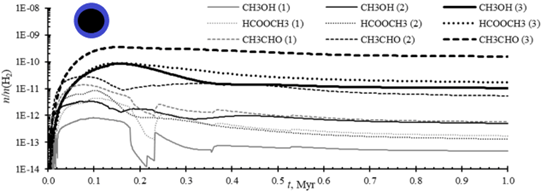
The fourth task of the project was the effect of the initial conditions of interstellar nebulae and the development of their star-forming nuclei on the formation of organic molecules. The first part of the task – the effect of initial conditions of nebulae – was studied by participating in observational and astrochemical modeling research. The second part on the development of star-forming nebulae was started in the spring of 2019 with the researcher of the Institute of Astronomy of the Russian Academy of Sciences Dr. J. Pavlyuchenkov’s visit to Ventspils. As a result, extensive data on radiation, temperature, density and other physical conditions in star-forming nebulae have been calculated (an example is shown below in Figure No. 2.). The data can be used in astrochemical models, but the relevant manuscript will be submitted for publication shortly.
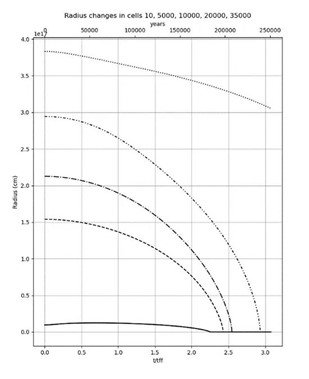
According to the fifth task of the project, the formation of complex organic compounds in the protoplanetary disk was modeled by calculating the distribution of these substances along the disk cross-section, which was modeled in two dimensions at 4400 spatial disk points.
Although the OMG has ended, the direction of astrochemistry at the VIRAC continues with the writing of new project applications and new research. Currently, the focus is on the organic star formation of organic compounds, the interaction of cosmic rays with ice-covered interstellar dust, and the movement and transformation of molecules on ice on the dust surface. These dusts mean more than we think; after all, in the interstellar environment and in the Protosun nebula they were the ones who created the substances needed to create life on Earth.
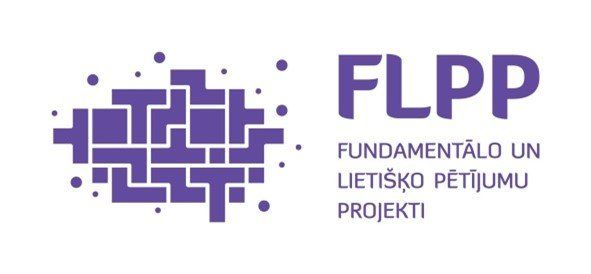
The research is implemented by the Latvian Council of Science Fundamental and Applied Research Project No. lzp-2018 / 1-0170 “Evolution of Organic Matter in the Regions of Star and Planet Formation (OMG)” and lasts for 36 months. The total project funding is 300,000 EUR.
